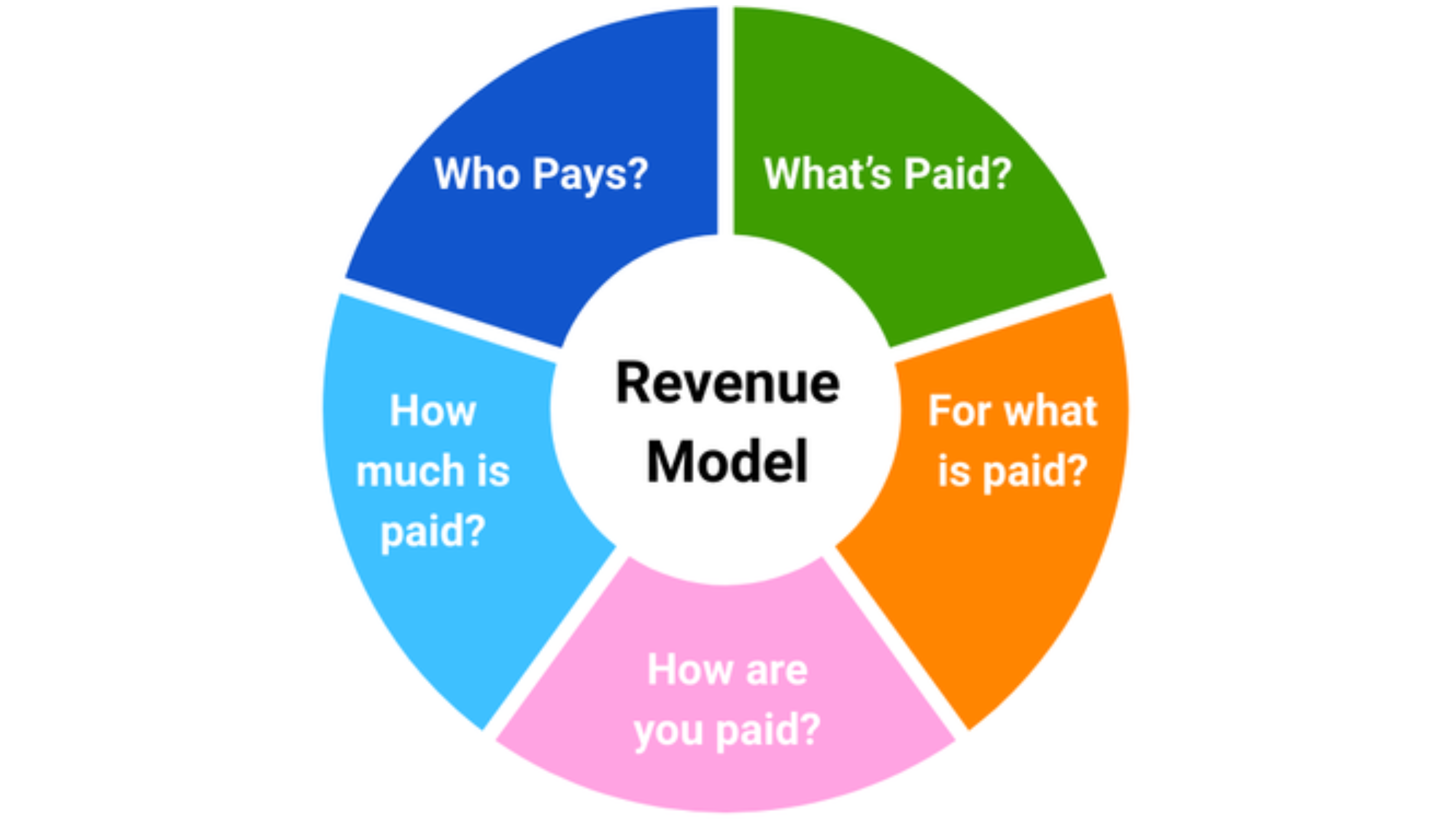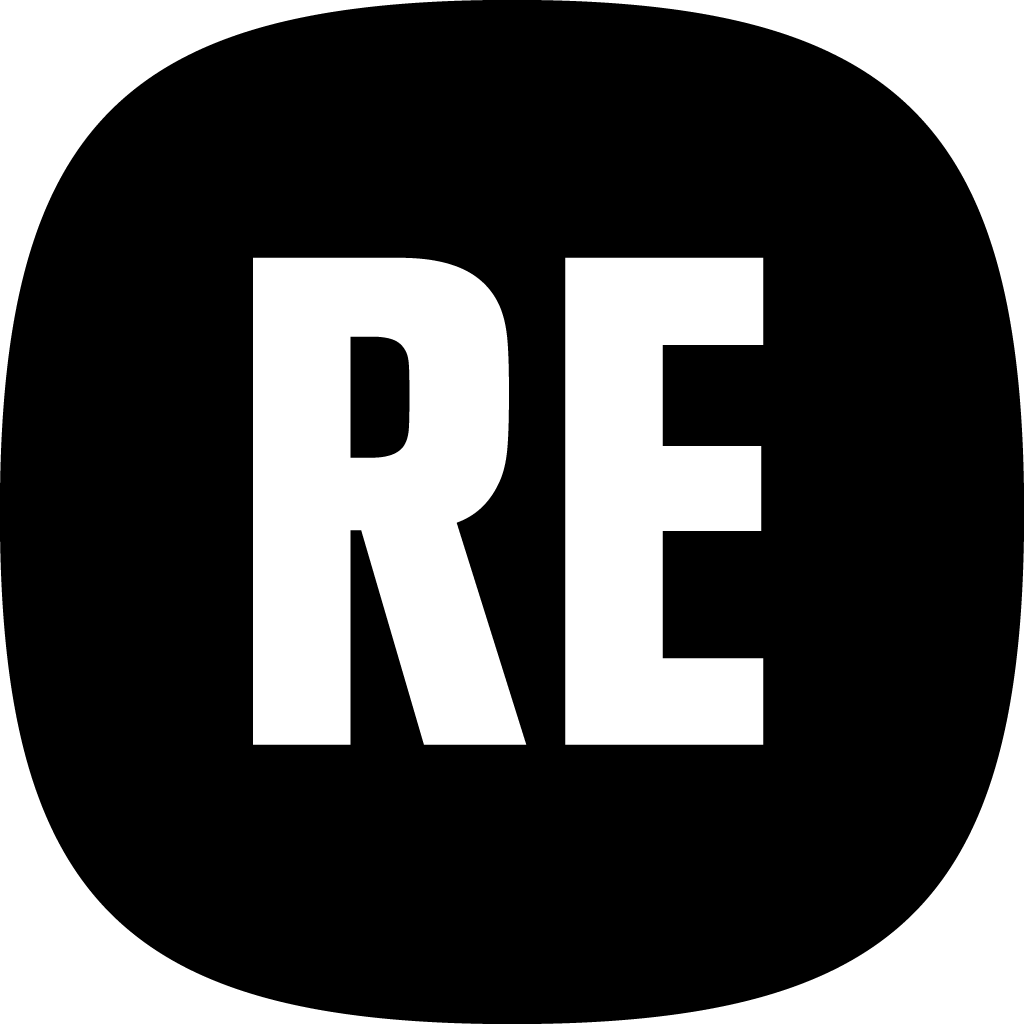Revenue Models Explained
A revenue model is a framework that an organisation uses to generate income and sustain its activities.
.png)
These models outline the specific methods and strategies an organisation can apply and expand on the Participatory Business Models for Cultural Heritage. The choice of revenue model directly impacts how an organisation operates and it is crucial for the financial sustainability of the organisation.
PUBLIC FUNDING MODEL
Public funding as a revenue model for cultural organisations involves receiving financial support from public sources. Public funding is particularly relevant when these institutions offer innovative products or services with high public value. In these cases, public authorities may recognise the societal, cultural or educational significance of these offerings and provide financial support to ensure their accessibility and sustainability. For example, consider a museum that develops an innovative digital archiving system to preserve and share rare historical documents with the public. Given the educational and cultural importance of this service, government bodies might view it as a valuable public asset that warrants investment.
TRANSACTION MODEL
The transaction model for cultural heritage organisations involves generating income through direct sales of their products and services. This could include ticket sales for entry, special exhibitions, events, or educational programmes, as well as income from the sale of merchandise. Customers can include other organisations and companies (B2B) or consumers (B2C). For example, a museum might implement this model by charging admission fees for entry to view its permanent collection and special exhibitions. Additionally, it might offer for purchase audio guide services that provide enhanced visitor experiences or host special ticketed events such as lectures, workshops, or after-hours tours.
SERVICE MODEL
The service model for cultural heritage organisations refers to offering specialised services on a commercial basis, such as consultancy, digitisation, training, etc. For example, a museum could offer digitisation services to other institutions or private collectors. By using its equipment and skilled staff, the museum can digitise historical artefacts. Also, the museum could provide consultancy services, e.g., advising owners of listed buildings in sustainable renovation principles. Van Gogh Museum employees can spend between 5 and 10 per cent of their working time assisting commercial clients with collection conservation, climate control systems, museum management, and educational programs.
SUBSCRIPTION MODEL
The subscription revenue model for cultural heritage organisations involves generating income by offering memberships or subscription services that provide recurring benefits in exchange for regular payments. This model creates a stable, predictable revenue stream and strengthens the relationship between the organisation and its most engaged visitors. For example, a museum might offer annual memberships that include unlimited free admission, exclusive previews of new exhibitions, discounts at the museum shop and café, and invitations to special members-only events. Subscribers might also receive a quarterly newsletter that provides insights into upcoming projects and showcases new acquisitions.
FREEMIUM MODEL
The freemium model for cultural heritage organisations involves offering a basic set of services or content for free, while charging for premium or enhanced features. By using the freemium model, museums can attract a broad audience with free offerings while generating revenue from those who are willing to pay for a richer, more immersive experience. For example, a museum might allow free entry to its permanent collections, which attracts a wider audience and encourages inclusivity. However, for an enhanced visitor experience, additional services such as guided tours, audio guides, or special exhibition access might be available for a fee.
DONATIONS MODEL
The voluntary donation model for cultural heritage organisations involves encouraging visitors to give money at their discretion, often without a set ticket price. This approach is typically used to make the institution more accessible while still allowing for revenue generation through contributions. For example, the "pay-what-you-want" policy employed by some museums, where visitors are invited to contribute whatever amount they feel appropriate for admission. This can be particularly effective on designated days or during certain hours, allowing a broader range of visitors access to cultural heritage. Voluntary payments can be collected either at the entrance or at the exit.
CROWDFUNDING MODEL
The crowdfunding model for cultural heritage organisations involves attracting financial contributions from the public to support specific projects or general operations. This model is an effective way to engage the public, increase awareness, and directly involve enthusiasts in the cultural heritage field. For example, a museum seeking to restore a historic piece of artwork or to fund a new exhibition might launch a crowdfunding campaign on platforms like Kickstarter or GoFundMe, presenting the project's goals, significance, and potential impact. In return for their contributions, supporters could receive rewards such as exclusive previews of the exhibition, limited-edition merchandise, or recognition on the museum's donor wall."
SPONSORSHIP MODEL
The sponsorship model for cultural heritage organisations can be highly versatile, involving partnerships with businesses or individuals who provide financial support for specific projects, events, or entire seasons. These sponsorships often come with various tiers, offering different levels of promotional benefits and recognition depending on the amount of funding provided. For example, a museum might engage sponsors to fund a new exhibition or an acquisition. Each tier could offer varying benefits: lower tiers might include the sponsor’s logo on flyers, while higher tiers could offer more prominent branding opportunities and exclusive access for corporate events or private viewings.
ADVERTISING MODEL
The advertising model for cultural heritage organisations generates income by offering ad spaces within their premises or through digital platforms. A cultural heritage organisation might partner with businesses for branding opportunities linked to exhibits or events. This could include displaying ads in key locations or sponsoring specific exhibitions and events, where the sponsor’s logo is featured across promotional materials. For example, museum publications can be financed either fully or partially through advertising revenues. This approach involves integrating advertisements within the publication, such as in exhibition catalogues, or the museum's periodic magazines."
COMMISSION MODEL
The commission model for cultural heritage organisations involves earning a percentage of sales generated through the institution's efforts or resources. For example, a museum could set up a section of its physical or online shop dedicated to products created by local artisans and designers. These could range from handmade jewellery and textiles to art prints and home decor items that resonate with the museum's cultural themes. The museum would then take a predetermined commission from each sale. This not only provides the museum with a stream of revenue but also supports the local creative economy by giving artists and makers a high-profile platform to reach wider audiences.
MARKUP MODEL
The markup revenue model for cultural heritage organisations involves generating income by purchasing goods at lower prices and selling them at higher prices. Purchasing at lower prices can be achieved by buying at wholesale prices or sourcing goods directly from the producers. This model is commonly used in museum shops where items such as books, artwork replicas, and other related merchandise are sold at a markup to generate profit. For example, a museum might purchase prints of famous artworks from suppliers at a wholesale rate and then sell these prints in their gift shop at a higher price. The difference between the cost price and the selling price (the markup) constitutes the revenue for the museum.
PAY-PER-USE MODEL
The pay-per-use model for cultural heritage organisations involves charging visitors only for the specific services or activities they choose to engage in during their visit. This model is particularly useful for museums that offer a variety of attractions, each with distinct operational costs. For example, a museum might offer free entry to its main collections but charge for access to special exhibitions, educational workshops, or immersive installations. Visitors could also pay separately for services like audioguide rentals or virtual reality experiences. This model allows visitors to customise their museum experience according to their interests and budget, paying only for the aspects they choose to enjoy."
BROKERAGE MODEL
The brokerage model for cultural heritage organisations involves acting as intermediaries between buyers and sellers, facilitating transactions for a fee or commission. For example, a museum could partner with travel agencies to offer guided tours to cultural sites. In this arrangement, the museum would act as a broker between the visitors and tour operators. The museum could charge a fee for each booking made through its partnership with the travel agency. Additionally, it might also offer exclusive content such as expert talks or special guided tours by museum staff, thereby enhancing the overall experience and justifying a premium pricing model.
DYNAMIC PRICING MODEL
The dynamic pricing model for cultural heritage organisations involves adjusting prices based on demand, time of visit, type of visitor, or special events. Dynamic pricing helps museums manage visitor flow and resource allocation more effectively while also maximising income opportunities. For example, a museum might vary ticket prices for entry based on the day of the week or the season. During high tourist seasons, ticket prices could be higher. Conversely, to encourage visitation during slower periods, the museum might offer reduced prices on weekdays or during off-season. Additionally, the museum might charge different prices for special exhibitions that are likely to attract more visitors or require additional resources."
LICENSING MODEL
The licensing model for cultural heritage organisations involves granting permissions to use the organisation's content, or intellectual property in exchange for a fee. Organisations could license the digital images of their collections for use in textbooks, films, or other media. The licensing agreements could be structured to include a one-time fee or recurring payments based on usage. For example, a museum might create a touring exhibition, which is then licensed to other museums globally. The licensing agreement typically includes a fee that the hosting venues pay to the originating museum. This fee might cover rights to display the art, logistical support such as transportation and insurance, promotional materials and staff costs."

Share